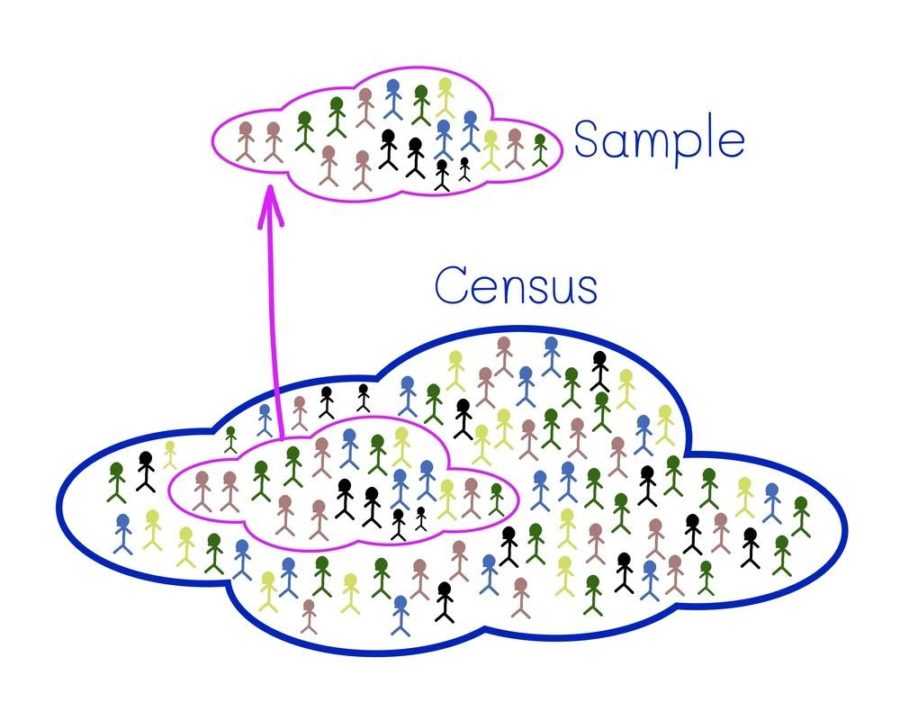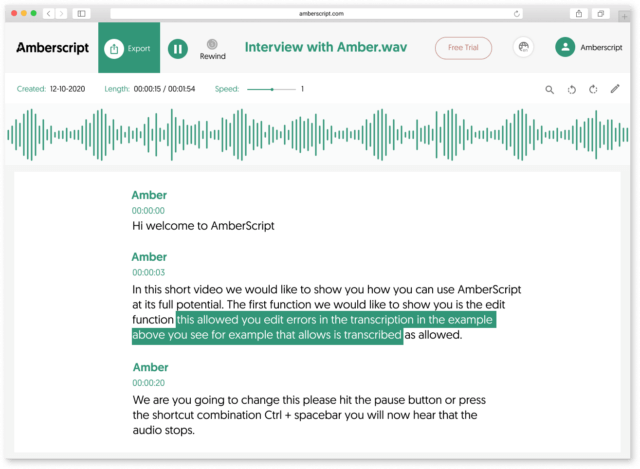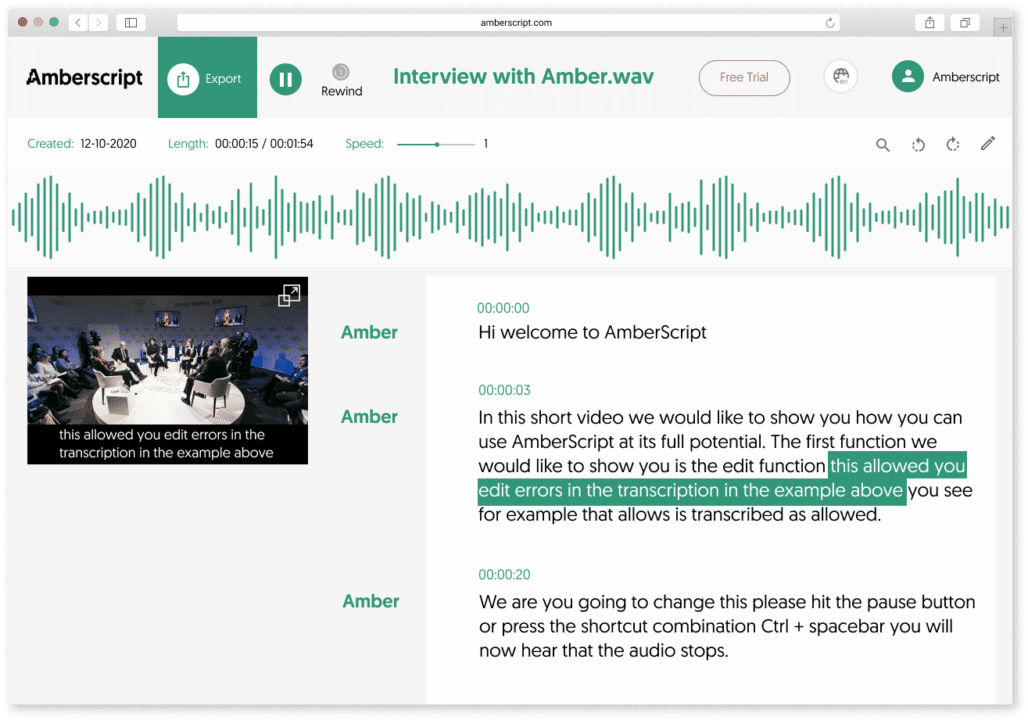Qualitative and Quantitative research are the two major types of research methods employed by social scientists, psychologists, and others when trying to understand more about a concept in society. Both research methods vary in approach. The ultimate goal determines which method is employed. Though they are often used together in many research works, these two have their differences. To understand more about the two research methods, it is important to get in-depth knowledge about them. Informed knowledge would help you decide which method is more suited to your research goals, which is why this article answers the following questions: What is qualitative research? What is quantitative research? What is the data collection method for both? What are some of their similarities and differences?
Quantitative Research

What is Quantitative Research?
Quantitative research involves the use of numbers and graphs. The goal of quantitative research is to test the relationship between variables. In this method, researchers use numbers and graphs to test existing theories. Quantitative research helps to confirm or deny a general assumption in a field of study or society in general.
Quantitative Data Definition
These are the variables collected using various methods and techniques in a bid to affirm or reject a theory. Researchers use different methods for data collection. These methods depend majorly on the target or aim of the research. What are some of the methods?
- Surveys
This is the most common method of data collection in quantitative research. This method uses questions to sample people’s opinions of individuals, set of respondents, or communities that fall under the scope of the research. The questions in the survey are mostly closed-ended, multiple, or polar questions. Conversion of numbers to analyzed data follows.

- Experiments
When collecting data from a controlled environment, experiments are used. The environment is set up to either support or oppose the point of the research. The numerical data in the experiment have a cause-and-effect relationship with the research topic. - Observations
Observation involves a more natural setting. The researcher does not interact directly with respondents. He collects variables and interprets them within the context of the research — no control over the types of variables.
Quantitative Data Analysis
Analyzing the data is the next step in the research. Quantitative analysis involves processing numerical data into facts, theories, or assumptions. Statistics is used in analyzing quantitative data. They are of two types:
- Descriptive Statistics
The analysis aims to describe the relationship between the variables and the theory. - Inferential Statistics
This type of analysis compares data and identifies differences between data and theories. It helps to study the relevance of the data collected with other data types collected for the research.
When to use quantitative research
- To determine changes in variables in natural phenomena. Examples include changes in temperature level.
- To determine numerical efficiency when using different marketing methods.
Qualitative Research

What is Qualitative Research?
This focuses more on opinions and reactions, and it is non-numerical. This type of data includes language, basic concepts about society, and so on. Data is analyzed after collection to understand why and how people interpret social happenings. Qualitative research takes into account the reason for those answers. People’s experiences are also considered in the course of the study.
Qualitative Data Definition
Data collected to understand a concept in the societal setting is qualitative data.
The data is often collected in a natural setting. The results are not controlled or determined. Most of the qualitative data collection methods involve the active participation of the researcher in the environment. Here are some of the methods:
- Interview
It is the simplest and most direct method. The researcher asks open-ended questions. He records their response and reaction, takes into account their stance and experience. Interviews are best done with one respondent at a time to prevent influenced answers. - Focus Group
Some individuals are grouped in discussions. These individuals have a unifying criterion that makes them suitable for the research. The discussion is held in a relaxed setting. The researcher records points and arguments for further analysis. If you would like to know more on how to run a focus group, please read our comprehensive A to Z guide.

- Ethnography
The researcher lives or participates with the community or the respondents to observe the behavior that relates to the research topics. This data collection method allows the researcher to collect data from the respondents in their most natural environment. The researcher does not influence the answer or result.
Qualitative Data Analysis
Data collected through various methods are collected in the form of texts or converted to texts. Analyzing and summarising the texts helps to generate results about the research topic. Inferential analysis of the summarized data generates theories or hypotheses.
When to use Qualitative Research
Here are some projects that require qualitative research:
- When accessing ideas and experience-based opinions about a new product.
- To understand dynamics involved in purchase choices.
- To study the market reaction to changes in marketing.
- Studying the emotions and attitudes of society on a trending topic.
- Understanding the public opinion about a company or brand’s image.
Combining Qualitative and Quantitative Data
In the course of research work, there are times when it is necessary to combine the two research methods and collect both data types. Academic research and marketing research are some common examples. You can collect quantitative data to sample preference between limited marketing options, while qualitative data is collected to learn more about the customers’ background and experience.
Key differences
Differences between qualitative and quantitative data collection determine their use and purposes. Here are some of them:
| Qualitative Data | Quantitative Data |
|---|---|
| For descriptive purposes. Generation of ideas is also involved. | To test the accuracy and efficiency of generated ideas. |
| Interpretation, inference, and summarization are the analysis method. | Statistics is the main tool for analysis. |
| Most qualitative data are available in texts or equivalents. | Mainly available as numerical values. |
| Researchers use open-ended questions. | Researchers use multiple-choice questions. |
Transcription with Amberscript
Some of the qualitative and quantitative data collection methods include interviews and focus group discussions. They are often recorded as audio or video content. Before one can analyze the collected data, they have to be transcribed into text.

Amberscript gives you a trusted and efficient transcription service. We help to convert your audio and video content to text in a matter of minutes. This makes it easier for you to move on with the data analysis and interpretation. Our automatic transcription service makes use of AI speech recognition software to give you the best.
How can you transcribe using Amberscript?
This will, no doubt, be the simplest part of your research work. Here are the steps involved:
- Visit the Amberscript website, log in or register and select automatic transcription.
- Upload your content (audio or video) to the editor.
- The speech recognition software begins the process of automatic transcription and completes it in minutes.
- A draft of the transcription is provided using our online text generator. This allows you to edit the text if necessary.
- Another option available is the use of professional editors to help edit the text to your preference.
- After completion, you can save and export or download the file. The file can be downloaded as a word document. For data annotation, JSON and XML are the recommended options. Other formats include VTT and SRT.
Manual Transcription
Our services also include manual transcription. We have professionals trained in various languages to help transcribe your content to text. If you prefer manual transcription for some reason, you can go ahead and make use of our expert services.
Benefits of using transcription services from Amberscript

Transcription from audio to text must be done with the highest efficiency. This is to prevent loss of data or misinterpretation of data due to transcription errors. We provide the best services that ensure that your data and variables are not lost in transcription.
Here are some other reasons why we are the best for your audio and video transcription:
- When you upload a confidential interview or other content, you do not have to worry about exposure. The IT software is built on a secured web server that assures cybersecurity. Also, we store data adequately.
- The audio and video transcription software format include MP3, MP4, WAV, AAC, WMA, and M4A.
- You can also get automatic or manual subtitles for your videos.
Quantitative and Qualitative data is necessary for the completion of most research work. It is important to identify where and when to use each type. The aim of the research also plays a major role in this selection process. Determine the topic or scope of the research, and then, you can go ahead and draw out a research plan. When the data is recorded, our transcription services allow you to convert them to text and continue your analysis. Now you have everything you need for a wholesome experience.